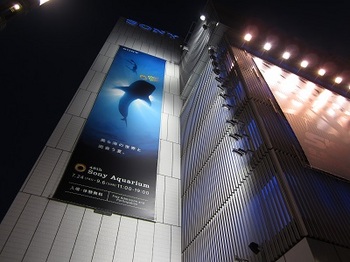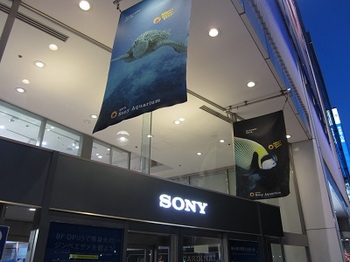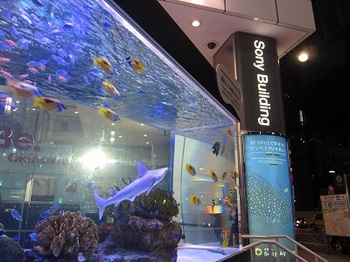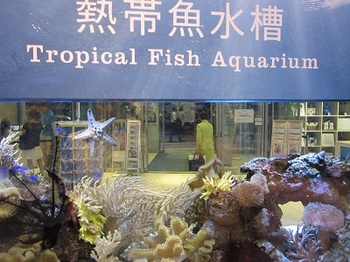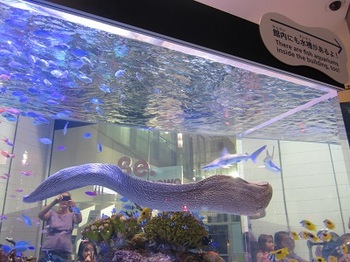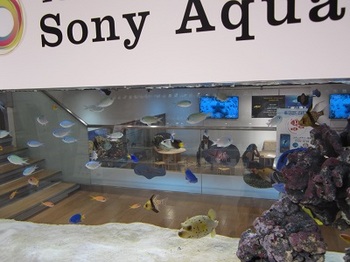"It's been a long time! How are you?”
I met Mr. Oldlers in a meeting room in a skyscraper building at Yaesu Exit of Tokyo Station.
She is Fresh Woman, a correspondent of the Chuo-ku Tourism Association. (I am Sophmore!) )
On the day of the event, there was a course of the boating guide workshop.
The lecturer is a teacher of the NPO Mizuto Tokyo Creation Association.
From the Nihonbashi dock, go down the Nihonbashi River to the Sumida River. Take a good look at Eitai Bridge, go a little back up the Sumida River, and go upstream from Yanagibashi to the Kanda River.
Then, beyond the Ochanomizu valley, enter the Nihonbashi River again in front of Iidabashi, and return to the Nihonbashi dock. ~
The course time is one and a half hours. There was a break on the way, but I felt like I was riding a boat in the flow commentary.
By the way, two days later, I got on a boat from the Nihonbashi dock for hands-on experience. Mr. Oldlers and I have one flight.
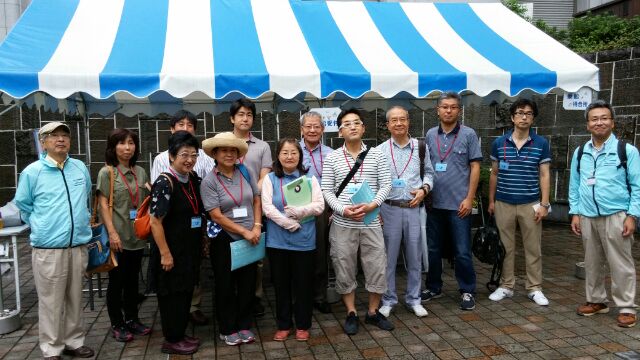
After boarding, wear a life jacket. My heart is excited.
The teacher at the time of class is the guide. It was a streamlined explanation on the desk, but in the actual boat, there is no noise in the city. To the sound of the ship and the sound of the waves
The voice of the guide was accompanied by a pleasant rhythm, and it was 1 hour and 20 minutes in a flash.
Komura in Musashi Province became a town of the world that was strong against the defenses called "Edo Castle Sogae," and even after the Meiji Restoration, until the early Meiji period.
You can see that the mainstream of logistics was boat transportation.
It's not a gondola, so it doesn't shake. When light rain starts on the way, white rain feathers (!?) will be distributed to everyone and will not get wet.
There are many rivers and excavations in Tokyo, such as the Kamejima River, Onagi River, Tate River, etc. It's like Venice! You didn't know.
Tokyo seen from the river is a view that cannot be seen on a daily basis.
Looking at the passing of the Shinkansen, Shohei Bridge near Akihabara.
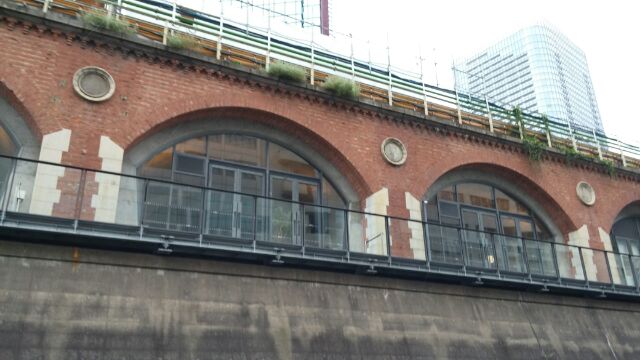
Looking at the red brick March ecute to the left, the stone wall of Edo Castle outer moat. And Nihonbashi.
I had a relaxing time.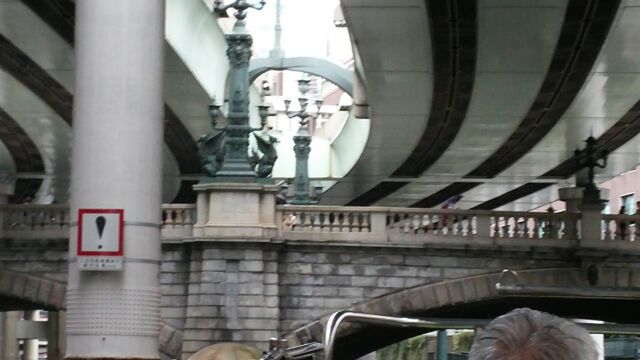
After disembarking, we have lunch with Mr. Oldross. I waited a little while outside the tempura meal "Kaneko Hannosuke", but when I was talking about the boat transportation guide, the turn came immediately.
Chopstick rest for freshly fried tempura, unlimited squid, kinpira, and shallow pickles. The volume and taste are perfect. It was a shop worth meeting. Another sister shop I went to after the meal. It was a long line.
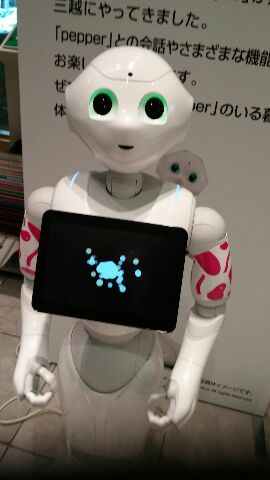
At the entrance of Mitsukoshi Main Store, he greeted the robot Pepper, and after purchasing a cute Pochi bag and Japanese paper tape with the newly renovated Japanese paper "Haibara", I returned home with silver brush.
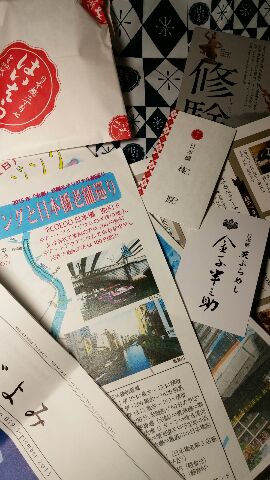

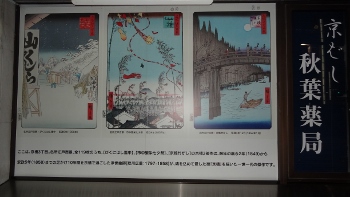
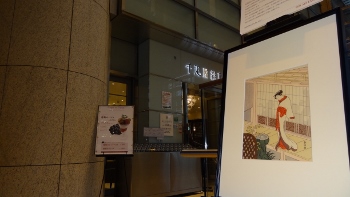
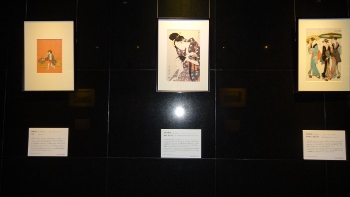

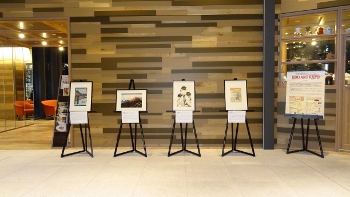
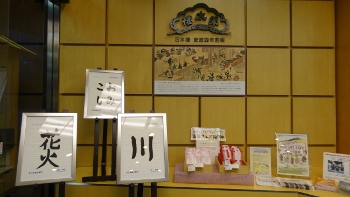
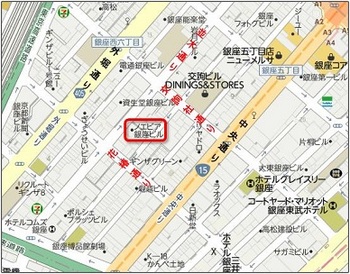
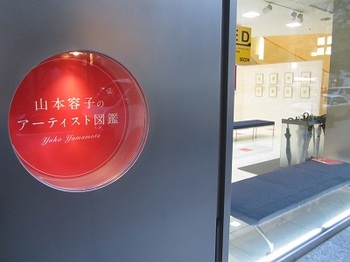
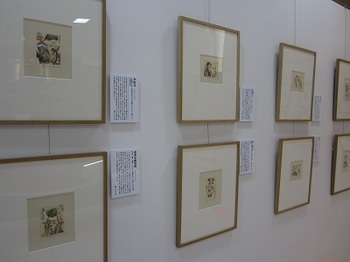
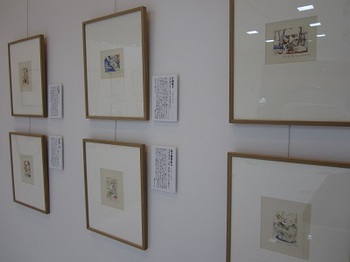
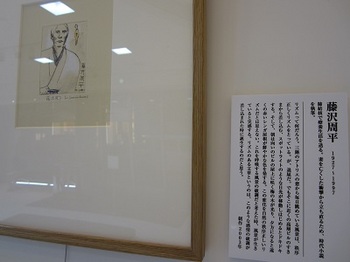
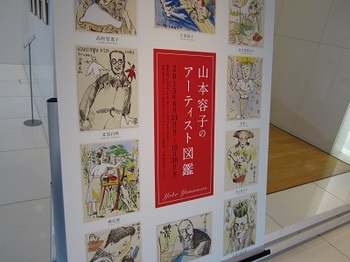





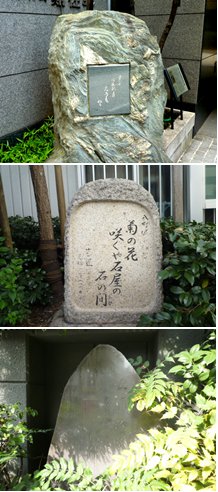 The stone monument (pictured above) is located in the store of Nihonbashi Funasa in Nihonbashimuromachi.
The stone monument (pictured above) is located in the store of Nihonbashi Funasa in Nihonbashimuromachi.